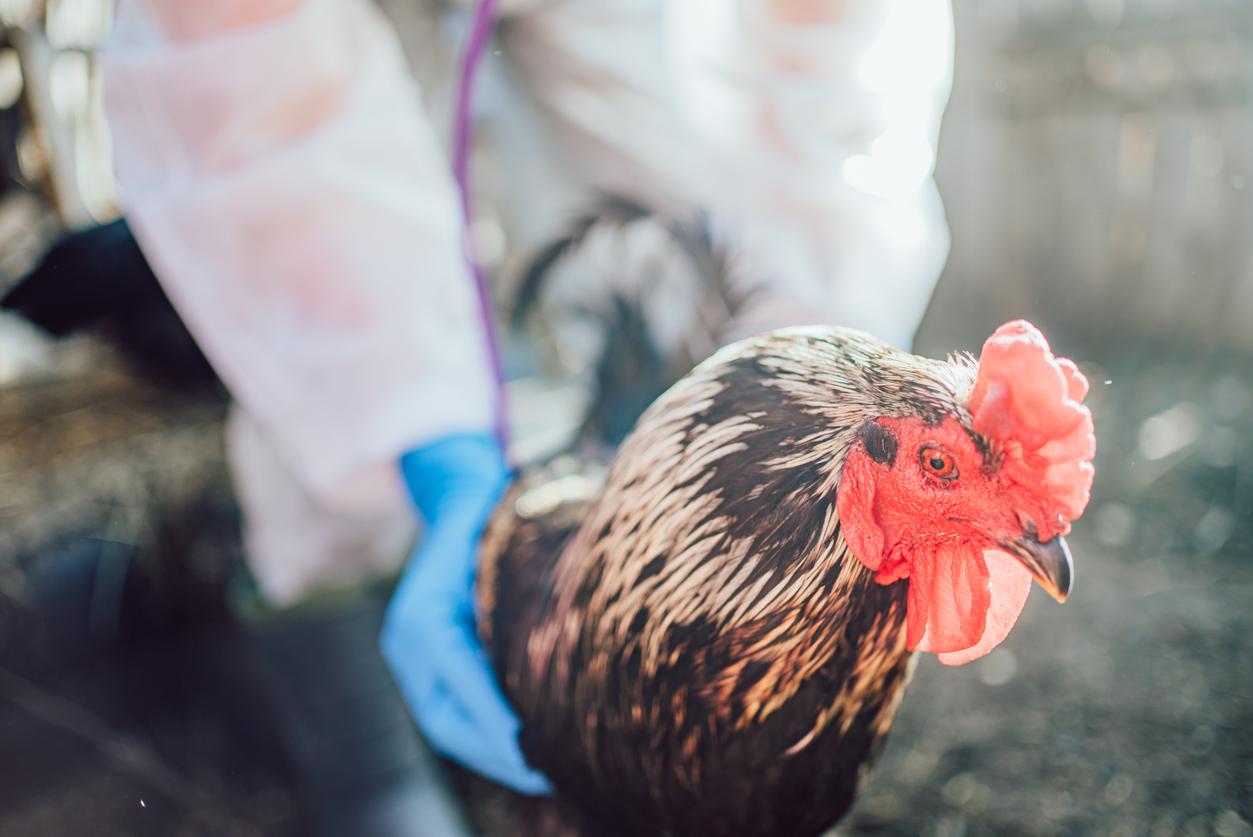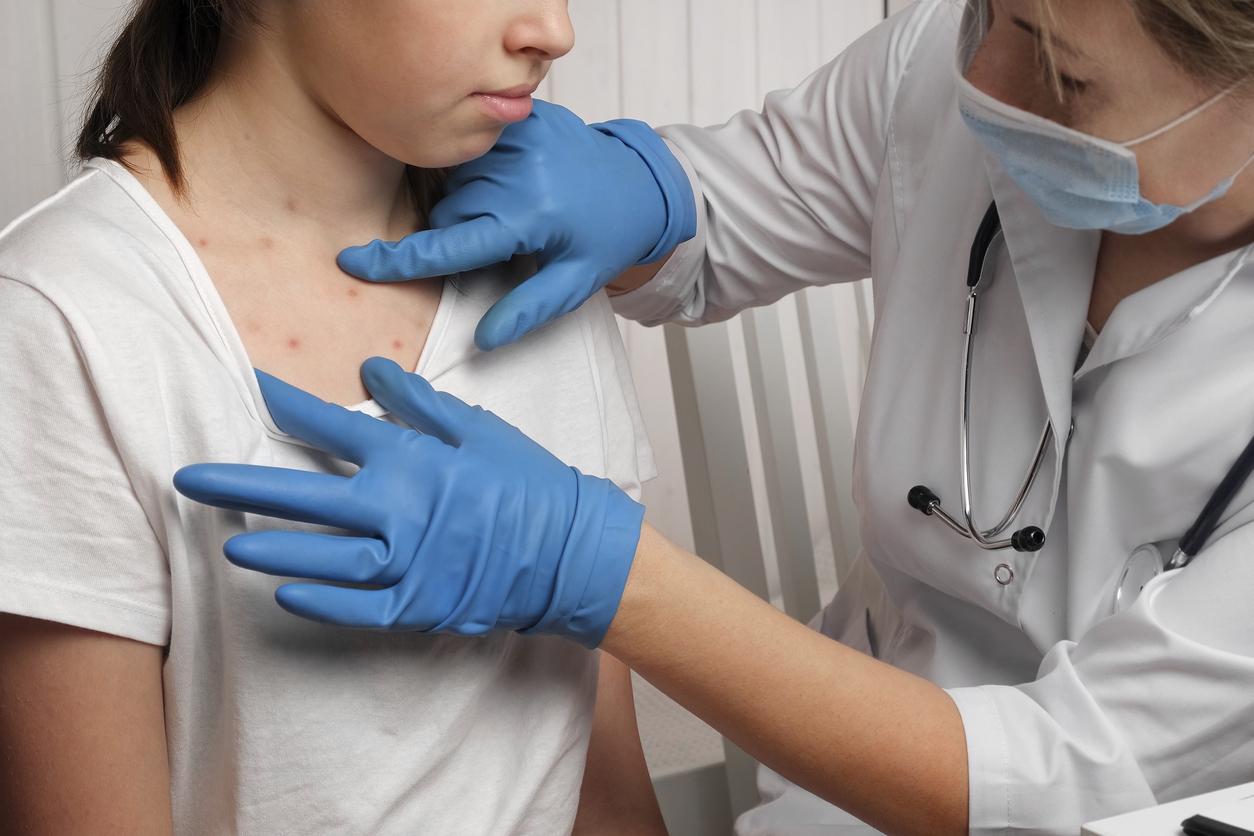In Girona, a city located in the northeast of Spain, 8 children attending the same school caught scarlet fever. The Public Health Agency of Catalonia has opened an investigation; according to local authorities,there is no need to be alarmed“.
However, scarlet fever is a disease that was thought to have disappeared since the 1940s. This local epidemic therefore raises an important question: is scarlet fever back in Europe?
What is scarlet fever? Scarlet fever is an infectious disease caused by a bacterium: group A beta-hemolytic streptococcus. cough, when sneezing, when sputtering…
A disease that mainly affects children aged 5 to 10
After an incubation period of 1 to 4 days, the toxins released by the bacteria are responsible for quite characteristic symptoms: high fever (above 38.5°C), skin rash (red dots first under the armpits, elbows and/or groin, then on the thorax, on the lower abdomen and/or around the mouth), a whitish tongue, difficulty swallowing (dysphagia)… Rare before age 2 years, scarlet fever almost exclusively affects children aged 5 to 10 years.
In addition to the clinical examination, the diagnosis of scarlet fever requires a rapid diagnostic orientation test for angina (TROD) which makes it possible to identify (or not) the presence of group A beta-hemolytic streptococcus.
Once the diagnosis of scarlet fever has been made, the treatment consists of antibiotic therapy: the doctor prescribes amoxicillin for about a week. Fortunately, complications are rare.
Source :Health Insurance

















